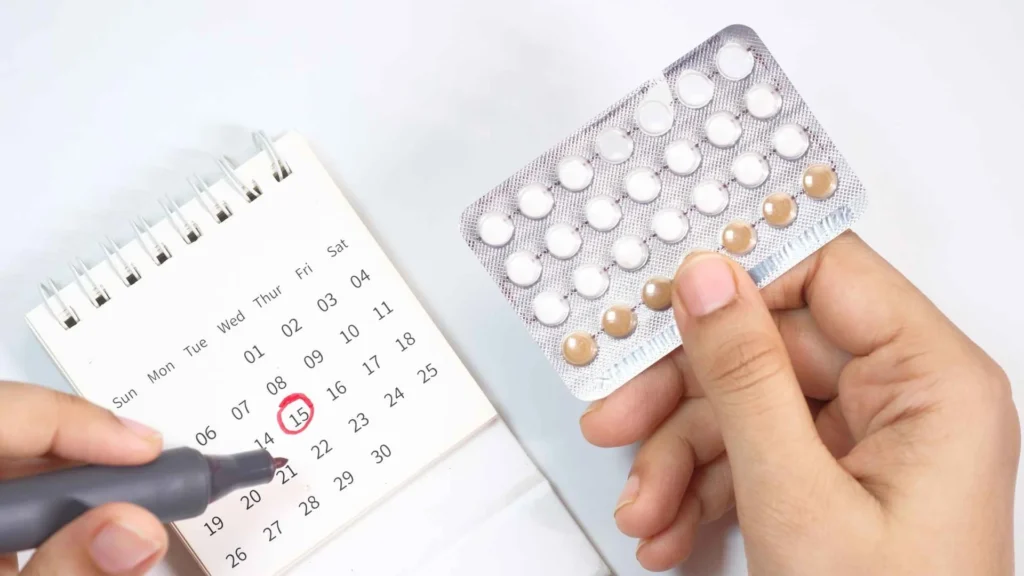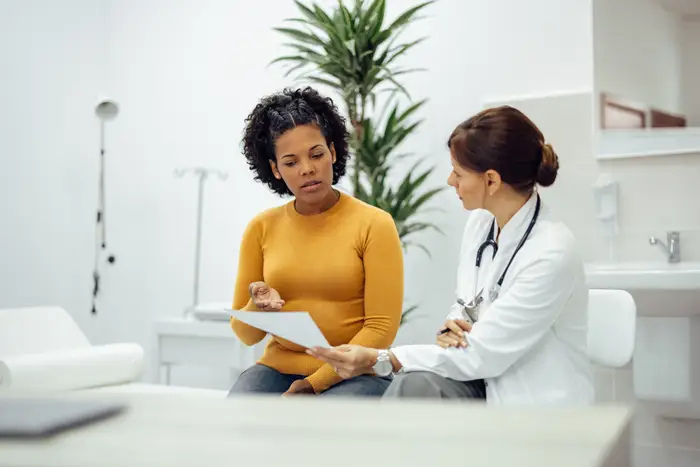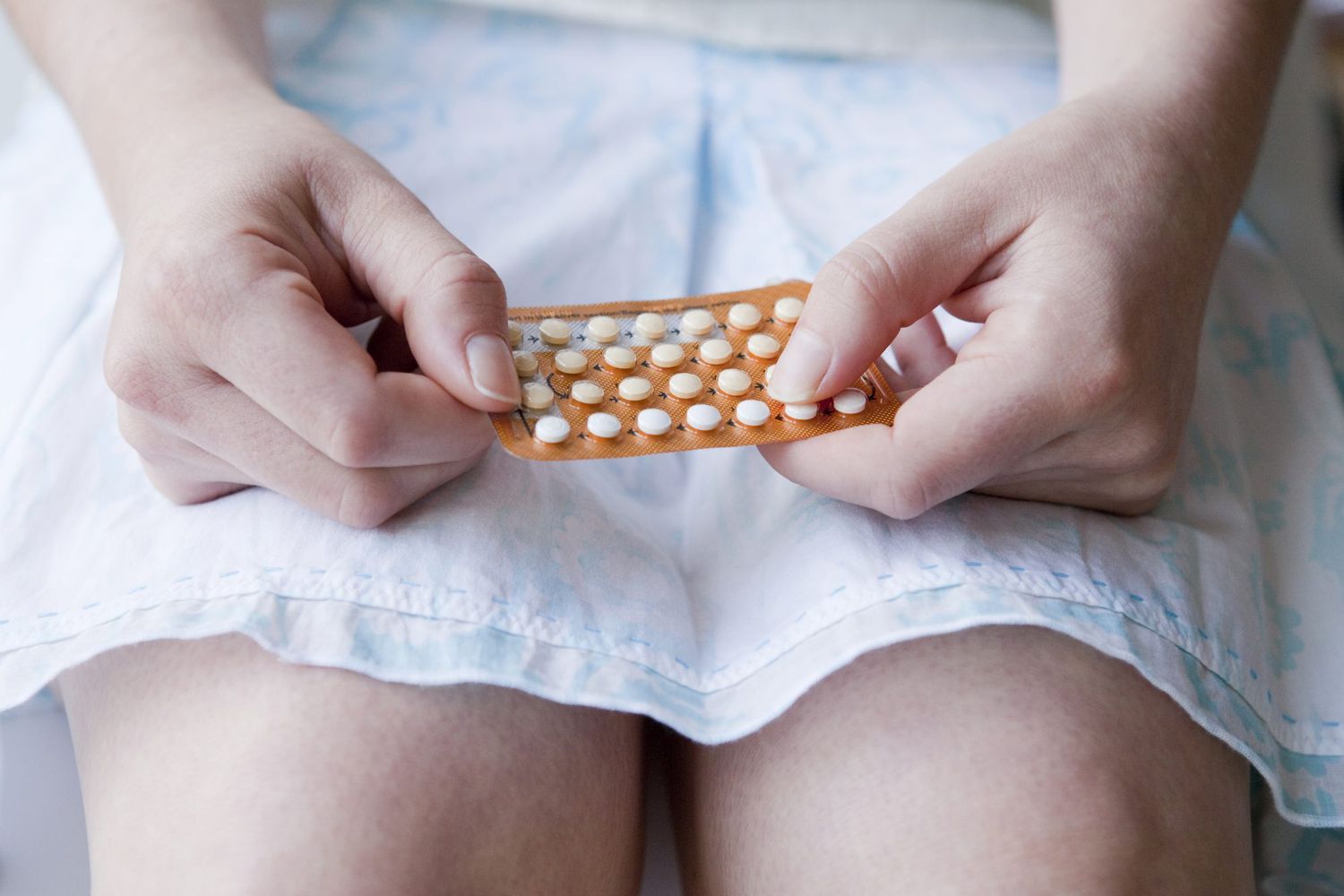Painful ovulation can occur after stopping birth control, even if menstrual cycles were previously smooth. Hormonal contraceptives suppress ovulation, and when use is discontinued, the body’s natural hormone fluctuations resume. These changes can cause the ovaries to produce follicles more actively, sometimes leading to discomfort or sharp pelvic pain during ovulation. Variations in estrogen and progesterone levels, along with the sudden reactivation of the menstrual cycle, may increase sensitivity and intensity of ovulation-related pain.
In this article, we will talk about why ovulation can be painful after stopping birth control, what to expect, and how to deal with the pain in a good way.
How Birth Control Affects Ovulation
Synthetic hormones in birth control stop the ovaries from releasing eggs. These hormones stop the brain from sending signals to the ovaries to release an egg and make cervical mucus thicker, which makes it harder for sperm to reach an egg.

When a person stops taking birth control, their body needs time to get used to not having synthetic hormones. The stopping of FSH and LH lets the ovaries start making eggs again. But during this time, hormone levels may change, which can make ovulation more noticeable and sometimes more painful than it was before. These changes can also make the menstrual cycle less regular in the months after stopping hormonal birth control.
Recommended: Home Remedies and Lifestyle Tips to Ease Ovulation Pain
Different types of birth control work in different ways to stop ovulation. Combination pills usually stop ovulation completely, but progestin-only methods may let an egg out once in a while. Hormones are released by implants or injections over a longer period of time, which can make ovulation take longer to return to normal.
Why Ovulation Can Be Painful After Stopping Birth Control
It is normal to experience painful ovulation after stopping birth control. This happens because the body is getting used to its natural hormone cycles and the ovaries are waking up again. The main reasons are:
1. Hormonal Fluctuations
After stopping hormonal contraception, your body must adjust to producing natural estrogen and progesterone again. These fluctuations can make the ovaries and surrounding tissues more sensitive, leading to sharper or more noticeable cramps.
2. Larger or More Active Follicles
If hormones are not suppressed, the ovaries may grow bigger or more active follicles, which stretch the ovarian tissue as the egg matures. This stretching can make one side of the lower abdomen hurt or feel uncomfortable.
3. Increased Inflammation Around the Ovary
Ovulation triggers a mild inflammatory response in the ovary and surrounding tissues. After stopping birth control, this inflammation may feel more pronounced, contributing to cramps, bloating, or lower back pain.
4. Return of Normal Ovulation Patterns
Birth control often regulates cycles and suppresses ovulation-related symptoms. Once stopped, ovulation may be irregular or stronger than before, causing pain in cycles that differ from what your body is used to.
Recommended: What Ovulation Pain Says About Your Fertility
5. Ovulation Cysts
It is possible for small cysts filled with fluid to form on the ovary during ovulation. These cysts usually go away on their own, but they can hurt a lot, especially in the first few months after stopping birth control.
6. Changes in Cervical and Uterine Sensitivity
Hormonal birth control can change the uterus and cervix, making them less sensitive. After hormones return to normal, contractions and changes in the uterus related to ovulation may feel stronger than they did before.
7. Increased Blood Flow to the Ovaries
Hormone rebound can cause the ovaries to swell and fill with fluid around ovulation, which can make them feel sore, swollen, or mildly throbbing.
8. Preexisting Conditions Becoming Noticeable
Birth control may have hidden conditions like endometriosis, pelvic inflammatory disease, or mild ovarian inflammation. These conditions can make ovulation more painful or noticeable after you stop taking them.
How Long Painful Ovulation Can Last After Stopping Birth Control
When you stop taking birth control, painful ovulation usually only lasts for a few cycles while your body gets used to its natural hormone rhythm again. Most people feel the worst pain during the first one to three cycles. As ovulation becomes more regular, the pain gets less severe.

The pain can last for different amounts of time and be different levels of pain depending on things like age, the type of birth control used before, general health, and how sensitive a person is to hormonal changes. People who used long-acting methods like injections or implants may have a longer adjustment period than people who used pills.
Recommended: Is It Normal to Have Pain During Ovulation? When to Worry
If ovulation pain lasts longer than three to six months or gets worse, it could be a sign of a more serious problem with your reproductive health, like ovarian cysts or endometriosis. In these situations, it is best to see a doctor to make sure there are no problems and get the right care.
Tips for Managing Painful Ovulation After Stopping Birth Control
Experiencing ovulation pain after stopping birth control can be uncomfortable, but there are several ways to manage it effectively.
1. Use Heat Therapy
Applying a warm compress or heating pad to the lower abdomen can relax the muscles and reduce cramping. A warm bath can also help ease discomfort.
2. Over-the-Counter Pain Relief
Over-the-counter painkillers like ibuprofen or acetaminophen can help with cramps during ovulation. Follow the directions, especially the day before or during the expected ovulation.
3. Stay Hydrated and Eat Well
Drinking a lot of water and eating a balanced diet that includes whole grains, fruits, and vegetables may help with bloating and other hormone-related pain.
4. Gentle Exercise
Light activities like walking, yoga, or stretching can improve blood flow and help relieve pain. Avoid intense workouts if cramps feel severe.
5. Track Your Cycle
Using a period tracker or calendar helps you anticipate ovulation days. This allows you to prepare for discomfort and monitor any irregularities that may need medical attention.
Recommended: Painful Ovulation (Mittelschmerz): Causes, Symptoms, and How to Find Relief Naturally
6. Consult a Healthcare Provider
You should see a doctor if the pain is very bad, lasts for a few days, or comes with other symptoms like heavy bleeding or fever. If you have pain that won’t go away, it could be a sign of a deeper problem that needs treatment.
When to See a Doctor
Most ovulation pain after stopping birth control is mild and goes away on its own, but some signs mean you should see a doctor. If you have any of the following, you should see a doctor:
- Severe or persistent pain: If your cramps are very bad, last for several days, or get worse with each cycle, it could be a sign of a deeper problem.
- Heavy bleeding, spotting between periods, or periods that last longer than usual could be signs of hormonal imbalances or problems with reproductive health.
- Other symptoms that are worrying include fever, nausea, vomiting, dizziness, or sharp pain that makes it hard to do everyday things. These could be signs of problems like ovarian cysts, endometriosis, or pelvic inflammatory disease.
- Ovulation Pain Lasts Longer Than a Few Cycles: If the pain does not go away after three to six months of stopping birth control, you should see a doctor to make sure there are not any long-term problems.

Early evaluation ensures proper diagnosis and treatment if needed, and it can give you peace of mind while your body readjusts to natural hormone cycles.
Recommended: Ovulation Pain vs Period Cramps: How to Tell the Difference
Is Painful Ovulation After Stopping Birth Control a Cause for Concern?
It is normal to have mild to moderate ovulation pain after stopping birth control, so do not worry. This pain is often caused by changes in hormones, more active ovarian follicles, or the reproductive system becoming more sensitive as your body adjusts. A lot of people get worse cramps or more obvious ovulation in the first few cycles after they stop using hormonal birth control.
But if the pain is very bad, lasts more than a few days, or is accompanied by other symptoms like heavy bleeding, fever, nausea, or strange discharge, you should see a doctor. These could be signs of ovarian cysts, endometriosis, or pelvic infections, which may need to be checked out by a doctor.
Tracking your cycle and observing the pattern of your pain can help you understand what is normal for your body. If you notice persistent or worsening discomfort beyond the first few cycles, it is wise to consult a healthcare provider for reassurance and appropriate care.
Conclusion
It is normal for your body to go through a painful ovulation after you stop taking birth control. This is because your hormones are getting back to their natural cycles. Hormonal changes, more active ovarian follicles, and higher sensitivity can make ovulation more noticeable or uncomfortable during the first few cycles. It is normal to have mild to moderate pain, but if the pain is severe or lasts for a long time, you should see a doctor.
